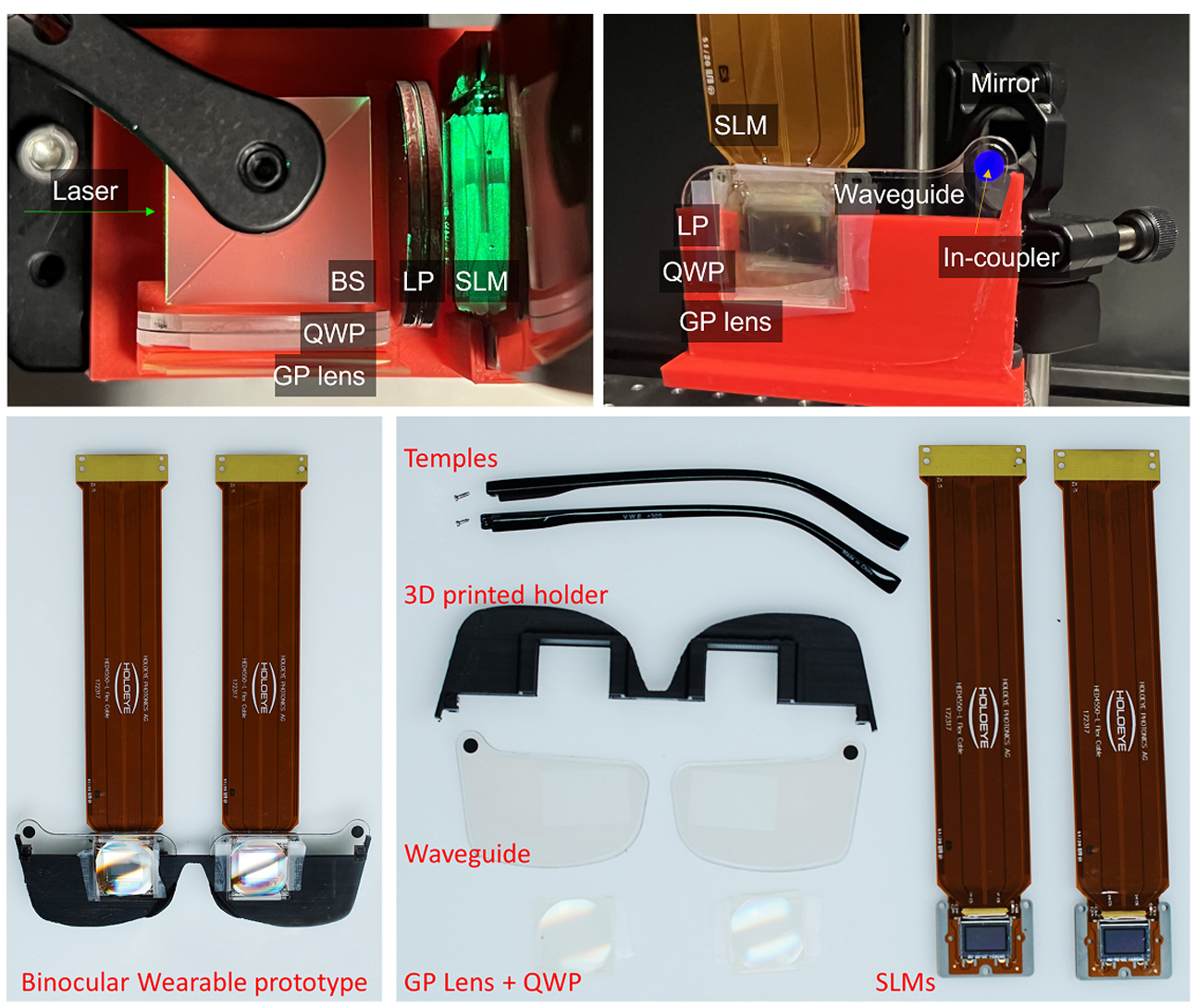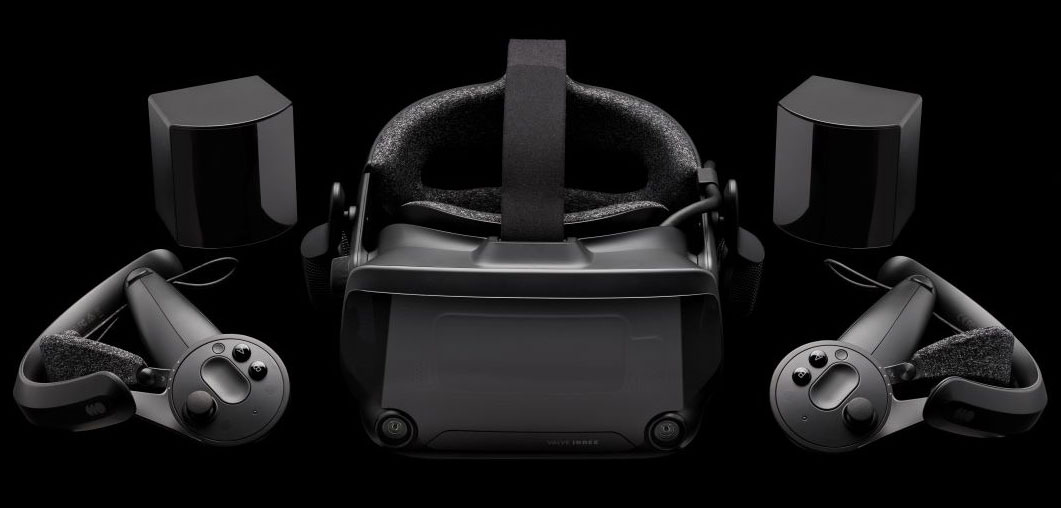Researchers find way to shrink a VR headset down to normal glasses size
Ignore the ribbons, this is a very promising breakthrough for VR.
Researchers from Stanford University and Nvidia have teamed up to help develop VR glasses that look a lot more like regular spectacles. Okay, they are rather silly looking due to the ribbons extended from either eye, but they're much, much flatter and compact than your usual goggle-like virtual reality headsets today.
"A major barrier to widespread adoption of VR technology, however, is the bulky form factor of existing VR displays and the discomfort associated with that," the research paper published at Siggraph 2022 says.
These aptly named "Holographic Glasses" can deliver a full-colour 3D holographic image using optics that are only 2.5mm thick. Compared to the traditional way a VR headset works, in which a lens magnifies a smaller display some distance away from it, shrinking all the prerequisite parts down to such a small size is quite the spectacular step forward for VR.
The Holographic Glasses prototype uses pancake lenses, which is a concept that has been thrown around a couple of times in the past few years. These pancake lenses not only allow for a much smaller profile but reportedly they have a few other benefits, too: the resolution they can offer is said to be unlimited, meaning you can crank up the resolution for VR headsets, and they offer a much wider field of view at up to 200°.
Previous prototypes for pancaked VR glasses before this have managed to use them to reduce the gap between the lens and the screen to a tiny fraction of today's VR headsets. However, they could only display 2D images. Not great for today's immersive experiences.
The Stanford and Nvidia device hopes to build on those previous prototypes: delivering both 3D images and minimising the gap between lens and screen even further.
The research paper lists the glasses as such: "a coherent light source that is coupled into a pupil-replicating waveguide, which provides the illumination for a phase-only SLM that is mounted on the waveguide in front of the user’s eye. This SLM creates a small image behind the device, which is magnified by a thin geometric phase (GP) lens."
The biggest gaming news, reviews and hardware deals
Keep up to date with the most important stories and the best deals, as picked by the PC Gamer team.
Just your usual stuff, then.

Granted, it's a bit of a complex subject to get your head around from the paper alone, and I have no doubt the results are more impressive in person. However, the final result is a very small VR device that could be game-changing if made a reality outside of the lab. It also only weighs 60g, which is notably far lighter than even the Meta Quest 2, which rolls in at 503g.
Though, it's very much a promise of what's to come more than an immediately shippable product today. There are some limitations: while there's scope to have a much higher FOV than current generation VR headsets, this particular wearable prototype only offered an FOV of 22.8°. The benchtop prototype offered even less, at only 16.1°.
"[The FOV] is far smaller than commercially available VR/AR displays. However, the FOV was mainly limited by the size of the available SLM and the focal length of the GP lens, both of which could be improved with different components," the researchers say.

Best VR headset: which kit should you choose?
Best graphics card: you need serious GPU power for VR
Best gaming laptop: don't get tied to your desktop in VR
Another limitation is the likely requirement for a very accurate measurement of the user's pupil, which won't be easy without a well-thought-out design. It would be possible to use an infrared gaze tracker to do this, the researchers note, but you'd need to be able to track the wearer's pupil size constantly as they will adjust often to different light conditions while using the glasses.
You can read up on the whole project in the recently published research paper titled "Holographic Glasses for Virtual Reality" by Jonghyun Kim, Manu Gopakumar, Suyeon Choi, Yifan Peng, Ward Lopes, and Gordon Wetzstein.
But there's a lot that's very impressive about even these concept VR glasses. As the researchers state: "With an idea utilizing the user’s pupil as a natural Fourier filter as well as the Pupil-HOGD algorithm considering the HDOs and the pupil size, a true glasses-form factor holographic VR was presented for the first time."
Now just to wait and see which enterprising company puts it to good use in a shipping product.

Jacob earned his first byline writing for his own tech blog. From there, he graduated to professionally breaking things as hardware writer at PCGamesN, and would go on to run the team as hardware editor. He joined PC Gamer's top staff as senior hardware editor before becoming managing editor of the hardware team, and you'll now find him reporting on the latest developments in the technology and gaming industries and testing the newest PC components.

